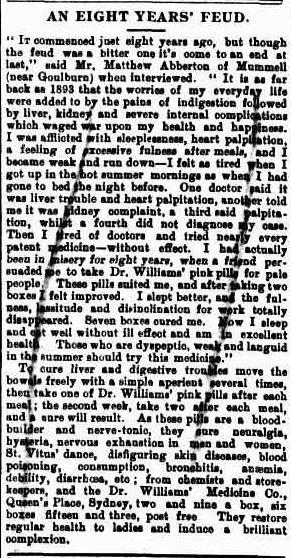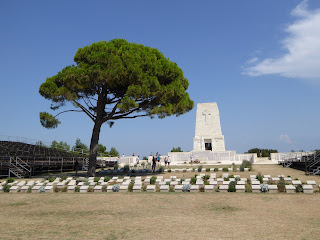April 30 Z is for Zwolle

ZWOLLE. What might you well ask is a Zwolle?! Zwolle is the last place listed in my atlas, so I thought that I would use it. Zwolle is a city in the Netherlands founded around 800A.D. Zwolle was granted city rights on the 31 August 1230. Its population, in 2014 was 123, 507. Citizens of Zwolle are called Bluefingers, ( Blauwvingers). It is also a hub and the national highway network. The first train arrived in Zwolle in 1864. Zwolle offers a variety of museums, outdoor activities, historical buildings and many pubs and restaurants. Somewhere different to visit. Bye for now...




















